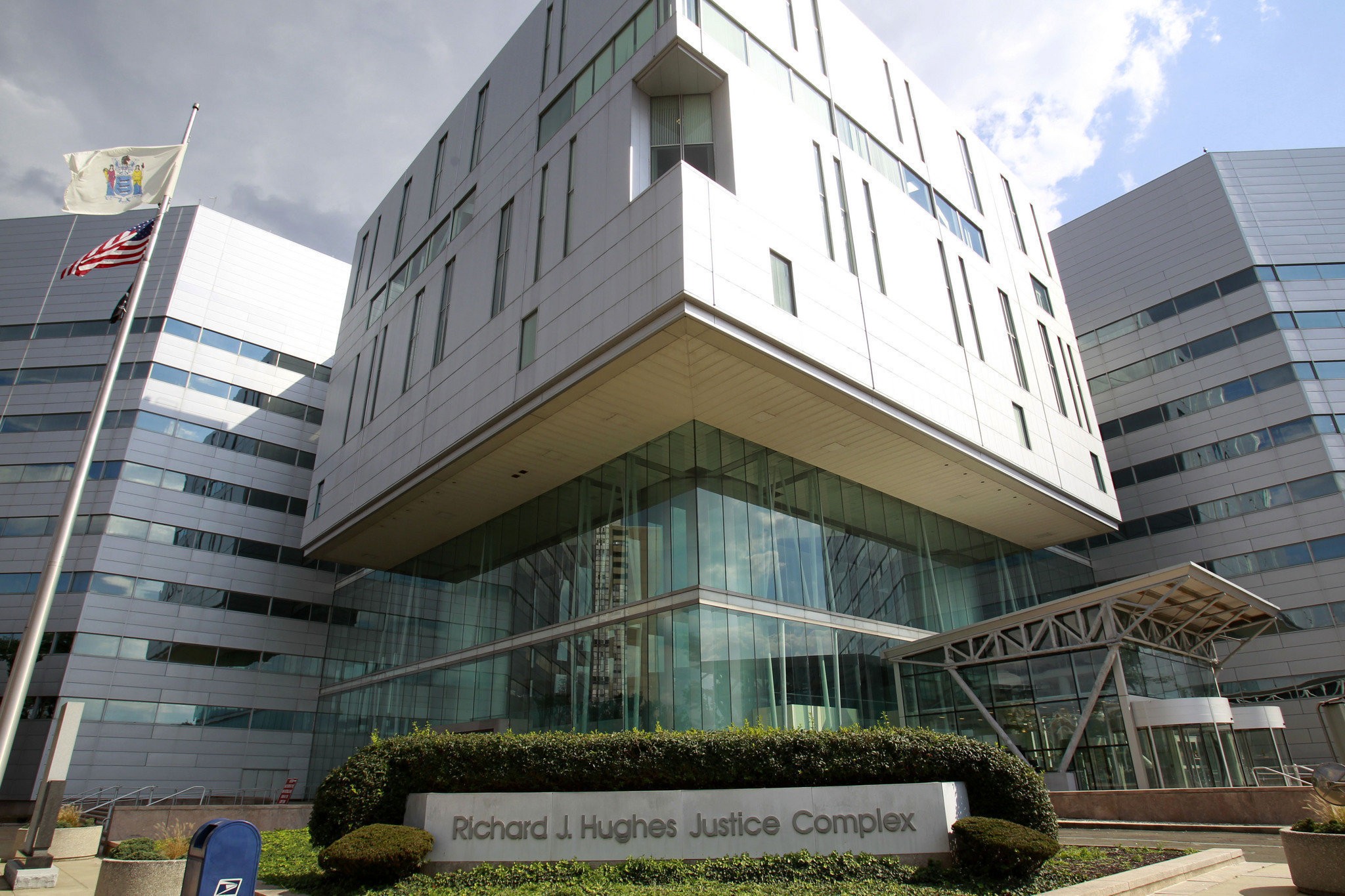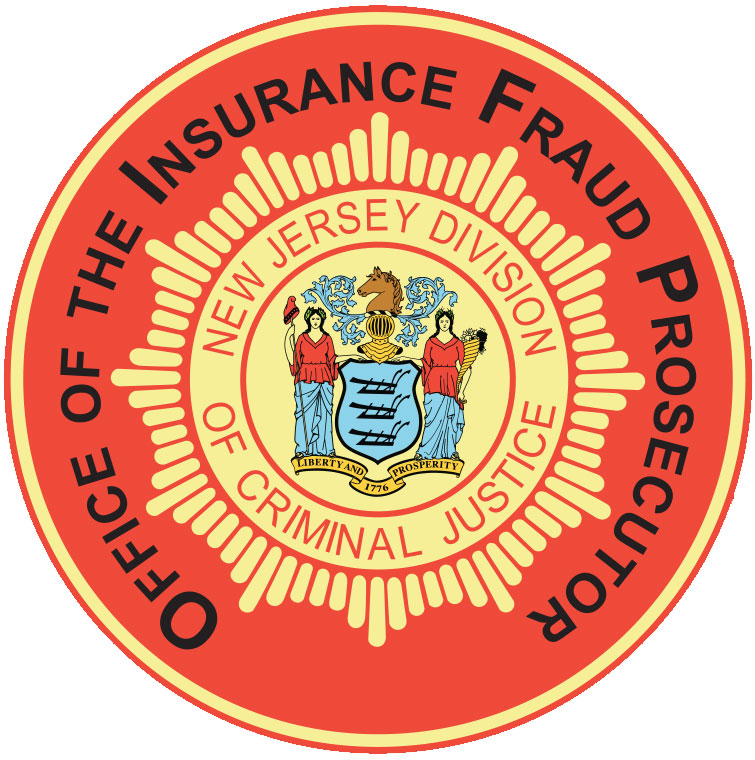TRENTON – In compliance with the Attorney General’s Independent Prosecutor Directive on Police-Use-of-Force Investigations, this public statement is being issued on the findings of an investigation into the fatal police-involved shooting that occurred at Panera Bread in Princeton, N.J., on March 20, 2018.
Scott L. Mielentz, 56, of Lawrenceville, N.J., was fatally shot by two members of the New Jersey State Police SWAT unit, known as the TEAMS Unit: Trooper William Kerstetter and Trooper Joseph Trogani. The troopers shot Mielentz with M4 rifles following a four-hour standoff in the restaurant when Mielentz raised a gun and pointed it at the two troopers and other law enforcement officers. Mielentz was armed with a Crosman PFM BB Pistol. All of the law enforcement witnesses reported that they believed throughout the standoff that it was an actual firearm.
Under the Attorney General’s Independent Prosecutor Directive, the use of deadly force by the state troopers was investigated by the Attorney General’s Shooting Response Team, made up of investigators from the Division of Criminal Justice and the New Jersey State Police Homicide Unit, all of whom operate independently of their usual chain of command and report directly to the Director of the Division of Criminal Justice or a designee. As a result of the investigation, Director Veronica Allende of the Division of Criminal Justice determined that presentation of the police-involved shooting to a grand jury was not required under the directive because the undisputed facts indicated the use of force was justified under the law. The investigation included numerous witness interviews, video of the shooting, forensic analysis of the scene, and other evidence.
The events leading to the shooting began before 10:30 a.m. on March 20 at the Panera Bread at 136 Nassau Street, where Mielentz had arranged to meet a male friend. Mielentz began talking about suicide and told the friend he had a gun. Mielentz then drew a black pistol and shouted, “I have a gun. Everyone out.” The Princeton Police Department received a 911 call at 10:28 a.m. from a man reporting “There’s a guy with a gun at Panera.” Employees and customers fled from the restaurant without injury.
Less than half an hour before Mielentz drew the gun in Panera, the Princeton Police received a 911 call from a second friend of Mielentz who reported that Mielentz sent him a text message indicating that Mielentz was going to end his life. Efforts by the police to locate Mielentz were already under way when the 911 call from Panera was received. In addition, a female friend later told police that she received a text shortly after 9 a.m. that morning from Mielentz in which he indicated he was ready to “depart this life.” Mielentz called that woman during the standoff and told her he wanted the police to shoot and kill him.
A Princeton officer was the first police officer to arrive at Panera. She went inside, where she encountered Mielentz. He pointed his gun at her and she retreated without firing. Outside, she continued to move people away. Other Princeton police officers entered the rear of the restaurant and tried to talk to Mielentz, who responded by saying “Shoot me, just shoot me.” Mielentz told the officers that he was in pain and that the government had cut off his OxyContin. He falsely claimed he was a Vietnam veteran and had killed 1,000 people during the war. Those officers described Mielentz as erratic and irrational. He ignored officer commands to drop the gun and instead pointed the gun at the officers and at his own head. The State Police TEAMS Unit and other officers responded to the scene.
A perimeter was established around the restaurant with a combination of local, county, state and federal law enforcement officers. The TEAMS Unit set up a position inside the restaurant to contain Mielentz if he began to fire his weapon in the crowded mid-town area. Other officers, including crisis negotiators, also established positions inside the restaurant. A State Police crisis negotiator and a member of the Princeton Police Department became the head negotiators. They tried to calm Mielentz and end the standoff peacefully, but he became increasingly agitated. The TEAMS officers who fired their weapons were positioned in the rear of the restaurant behind a dining booth and trash bins. The negotiators were next to those TEAMS officers. Another TEAMS Unit member in the rear of the restaurant evaluated whether he could use a stun gun on Mielentz, but determined that Mielentz was too far away.
During the four-hour standoff, negotiators used many tactics in their efforts to get Mielentz to drop the weapon and surrender. They offered him food and spoke sympathetically about his problems in order to establish a rapport. They asked if they could help him in any way, and he responded “Yes, shoot me.” Mielentz repeatedly asserted that he wanted to die and threatened to shoot an officer if the officers did not shoot him. He engaged in a cycle of agitated behavior. He would stand up, begin to raise the gun toward the officers, sit down, put the gun down, pick it up again, smoke a cigarette, and then repeat the cycle. He repeatedly put the barrel of the gun to his chin or head. Officers said he seemed to be building up his courage. He approached police several times, raising the gun a little higher each time. He told officers he would give them a five count and counted down from five. Officers repeatedly commanded “Put the gun down” and “Soldier, put that gun down.” At one point, Mielentz held up a check and told negotiators it was a $5,000 check to be given to his son when he died.
Mielentz repeated that he was a soldier and a marksman, falsely asserting again that he had killed hundreds in the military. Negotiators talked to him about his experience in the armed services and at one point said he could be an advocate for those suffering from PTSD, post-traumatic stress disorder.
Law enforcement witnesses reported that Mielentz made the following statements, among others:
The shooting occurred at 2:54 p.m. In the final moments before the shooting, Mielentz walked out of the dining area he had occupied and faced the TEAMS members and negotiators while holding the gun pointed forward at a downward angle at his waist. He smoked a cigarette, extinguished it on the floor with his foot, and then spread his legs while facing the officers. Witnesses reported that, as he had done before, Mielentz counted down from five. Mielentz began to raise the gun hesitantly as officers pleaded with him not to do it. He then raised the gun up so that it was pointing at the TEAMS members and negotiators. At that point, Troopers Kerstetter and Trogani fired their M4 rifles, fatally wounding Mielentz. Kerstetter fired four rounds, and Trogani fired one round. Both troopers reported that they believed the lives of officers were in danger. Mielentz was pronounced dead at the scene. An autopsy confirmed that he died of gunshot wounds to the head and upper torso. Toxicology tests identified one drug in his blood, the anti-anxiety medication diazepam, commonly known by the brand name Valium.
This matter was reviewed by Director Allende and all portions of the Attorney General’s Independent Prosecutor Directive on Police-Use-of-Force Investigations were complied with. After analyzing all of the facts and circumstances, Director Allende concluded that the troopers’ use of force was justified under the law. The facts and circumstances reasonably led the troopers to believe their actions were immediately necessary to protect themselves and their fellow officers from death or serious bodily harm. An officer may use deadly force in New Jersey when the officer reasonably believes it is immediately necessary to protect the officer or another person from imminent danger of death or serious bodily harm.
Relevant portions of the surveillance video from Panera Bread capturing the shooting are posted online at: http://bit.ly/2JvGpUk
In New Jersey, all investigations of police deadly force incidents are governed by the Attorney General's Independent Prosecutor Directive, issued in 2006 and strengthened in 2015, which establishes strict procedures for conducting such investigations. It requires the Attorney General to review all deadly force investigations, and in some cases conduct them as well. In this case, the investigation was conducted directly by the Attorney General’s Shooting Response Team. The directive further provides that unless the undisputed facts indicate the use of force was justified under the law, the circumstances of the incident must ultimately be presented to a grand jury, composed of 23 civilians, for its independent review.
The Independent Prosecutor Directive is posted on the Attorney General’s website at the following link: www.nj.gov/oag/dcj/agguide/directives/2006-5_SRT_OIS.pdf.
Further information about how officer-involved shootings are investigated in New Jersey under the directive is found at this link:
www.nj.gov/oag/independent-prosecutor.
Follow the New Jersey Attorney General’s Office online at Twitter, Facebook, Instagram, Flicker & YouTube. The social media links provided are for reference only. The New Jersey Attorney General’s Office does not endorse any non-governmental websites, companies or applications.
####








































